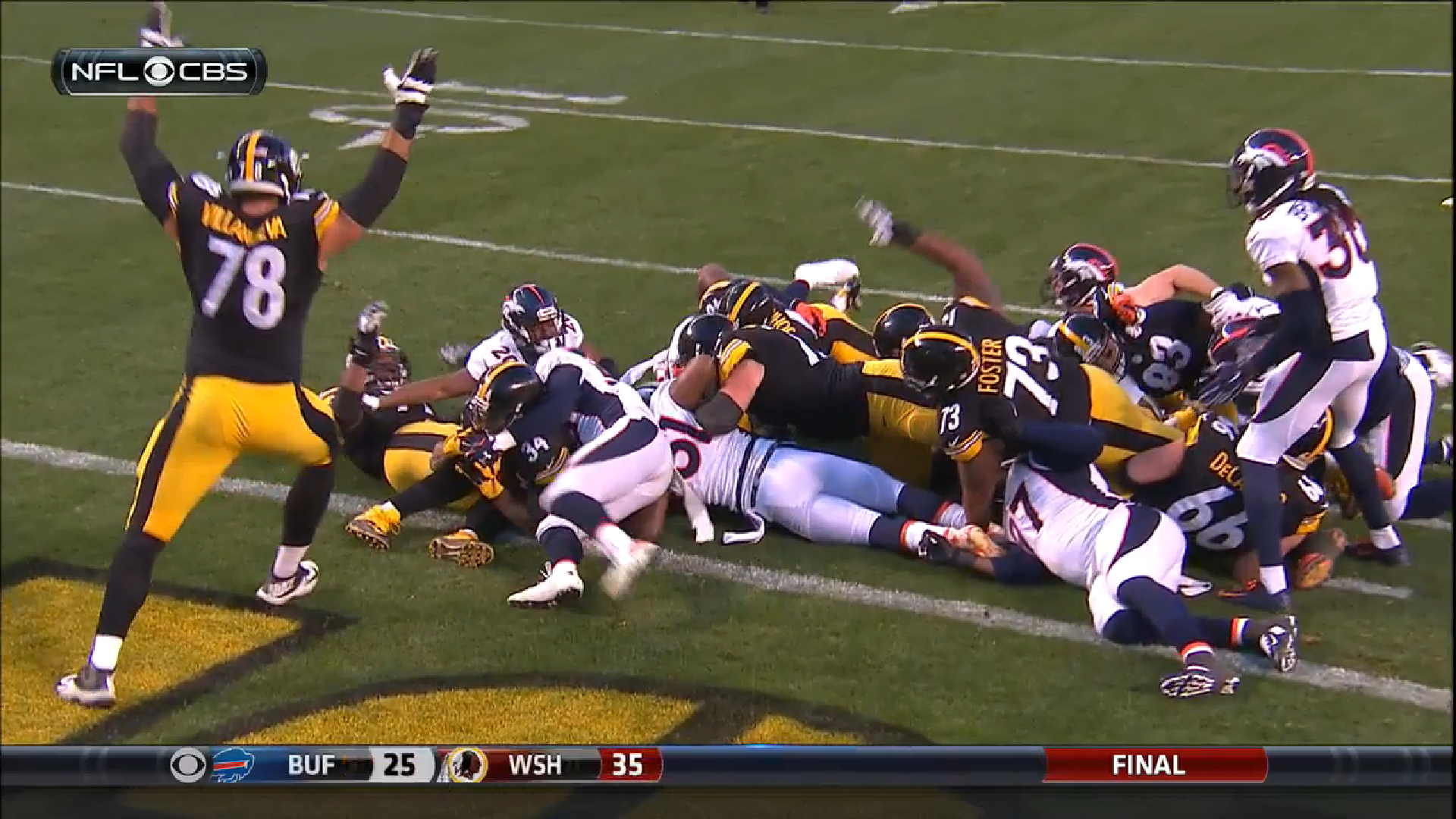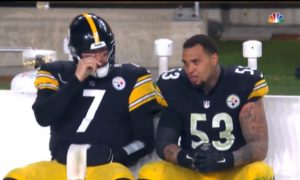The Pittsburgh Steelers have, by and large, been on an upward swing over the course of the past two and a half seasons after they missed the playoffs for two straight seasons, and failed to win a postseason game in four straight years.
Last season saw them gain that elusive playoff victory, though they came up short with about three minutes left in the Divisional round a week later. Their offense took off, and their defense improved, showing playmaking ability and opportunism.
But there are still a lot of unanswered questions facing the team as we crack into free agency territory. As an exercise, we like to take a stab at some of those questions, presenting arguments for the pros and cons of each side of the coin. This is the pessimist’s take on the following question.
Question: How will the Steelers’ offense perform in the red zone during the 2016 season?
As I wrote in the flipside of this article, when the Steelers had Ben Roethlisberger on the field, they were, by and large, actually quite a very good offense in terms of being efficient in turning trips inside the red zone into touchdowns.
I broke down the team’s drives with him under center that entered the red zone, removed one drive that finished on the one-yard line with a kneel down in an end of game situation, and determined that Pittsburgh scored on about 66 percent of their red zone opportunities, which would have ranked as the fourth-best percentage in the league.
But we do have to contend with the notion that such a performance was an outlier. After all, in 2014, the Steelers finished 19th in the league with a red zone efficiency percentage of below 52 percent. In 2013, they finished as the 16th-most efficient offense in the league with a percentage below 53 percent.
And, of course, Roethlisberger was healthy for the entire duration of both of those seasons, and yet, in spite of four-plus games without him, the Steelers finished with a better overall efficiency last year. Such comparisons make the figure stick out like a sore thumb. At the very least, it suggests that a repeat performance must be in the cards in order to suggest that anything significant had changed.
What won’t help matters is the fact that the team lost two of its best red zone targets in tight end Heath Miller and wide receiver Martavis Bryant. Their mere presence on the field forced the defense to account for them, a factor that should not be dismissed.
After all, the offense managed to score 16 of their 29 red zone touchdowns on the ground, and you can rest assured that many of them came with an assist by spread formations that looked to isolate their top red zone targets to open up the middle of the field.
That won’t be quite as easy to do this year as it was last year. However, even with all that said, it’s difficult to be overly pessimistic about the potential that resides in the talent on offense. They should by no means be worse than average, and I would expect them to finish in the high-50-percent efficiency area in the red zone.








